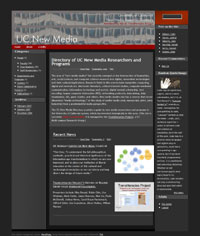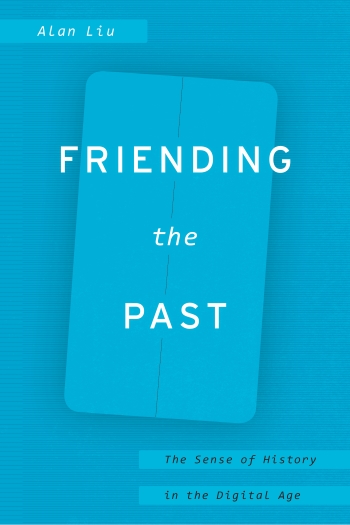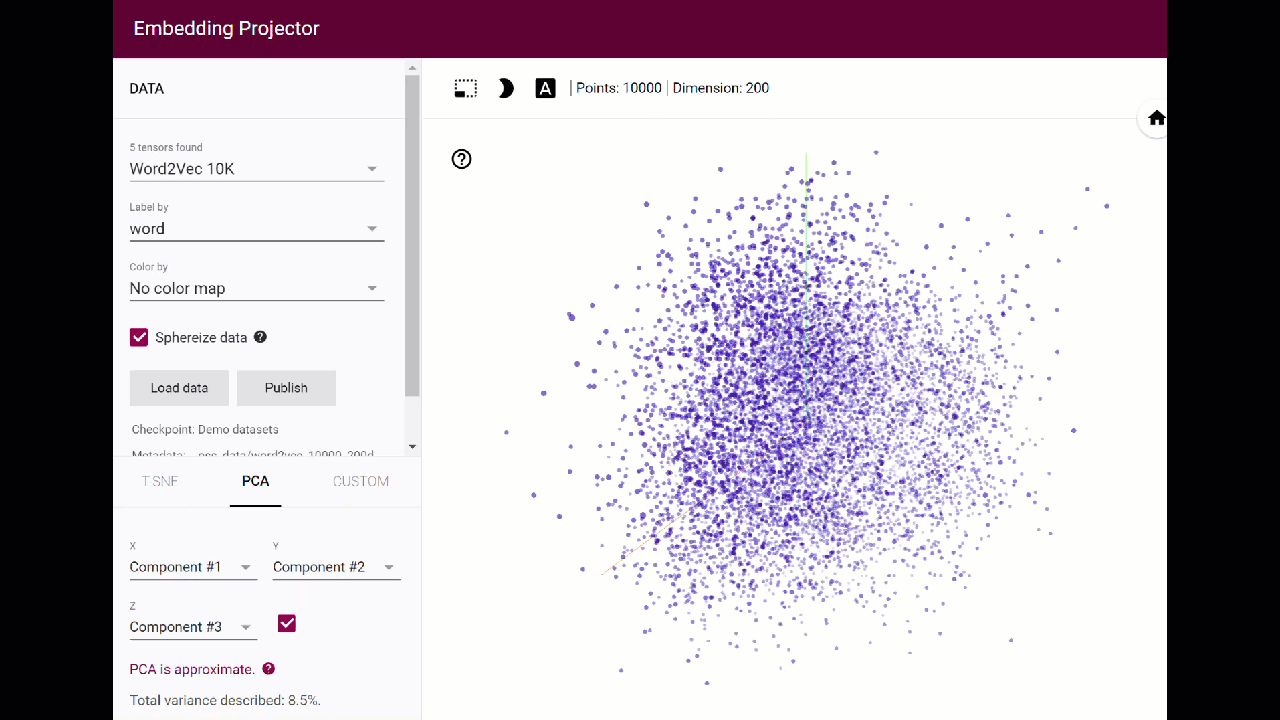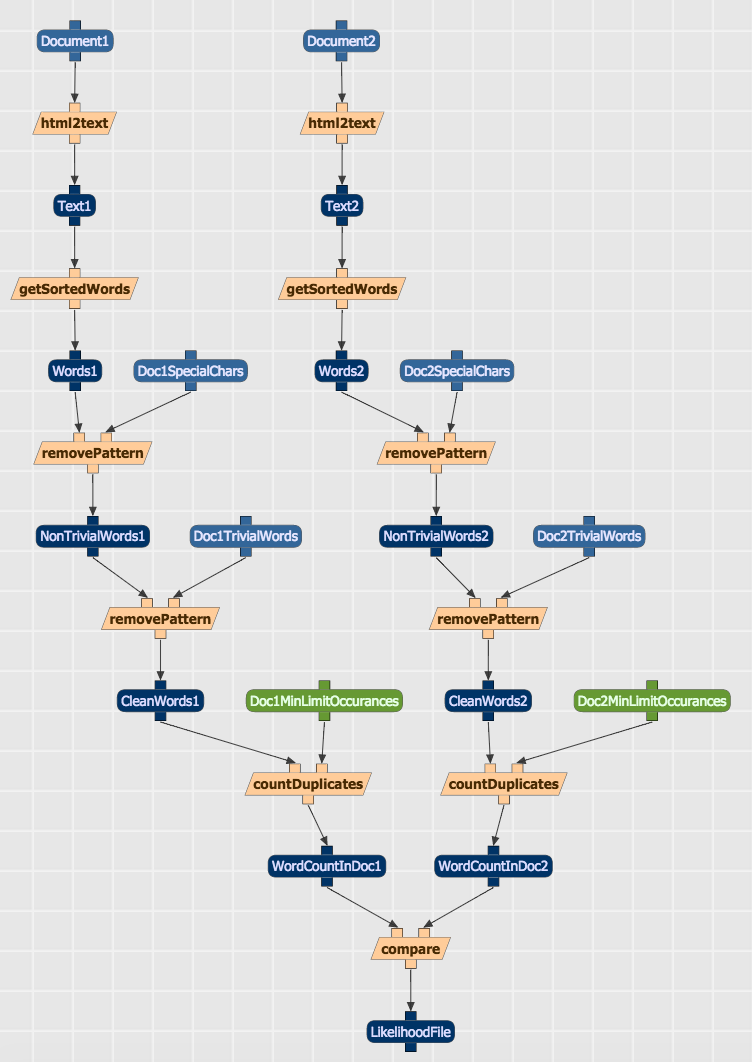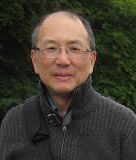| 2008 |
English 149, “Literature+” (Winter 2008)Categories Selected Recent Courses , Undergrad Courses Selected Recent Courses , Undergrad Courses
|
Course site: http://english149-w2008.pbwiki.com/
Course Description: Because of the recent, shared emphasis in many fields on digital methods, scholars in the humanities, arts, social sciences, and sciences increasingly need to collaborate across disciplines. This course reflects theoretically and practically on the concept of literary study by asking students to choose a literary work and treat it according to one or more of the research paradigms prevalent in other fields. Students, for example, can choose a story or poem to model, simulate, map, visualize, encode, text-analyze, sample, storyboard, blog, or redesign as a game, database, hypertext, or virtual world. What are the strengths and weaknesses of literary interpretation, close reading, or theory by comparison with other research methods?
The course begins with discussion of selected readings and demos to set the stage. Readings include: Franco Moretti’s Graphs, Maps, Trees, Willard McCarty’s Humanities Computing, and Katie Salen and Eric Zimmerman’s Rules of Play: Game Design Fundamentals. Demos include: the NetLogo agent-modeling environment, the Scratch visual programming environment, digital mapping tools, text-analysis programs, “mashup”-creation tools, the Ivanhoe literary interpretation game, visualization/ pattern-discovery tools, machinima tools, Second Life, and other resources usable by non-programmers to create interesting projects.
After the initial unit of the course, students break into teams, choose a literary work, and collaborate in workshop/lab mode to produce a “proof-of-concept” final project. Collaboration will occur both face-to-face and virtually in the class wiki (possibly supplemented by virtual meetings in the UCSB English Department’s new Second Life instructional space). Final projects can be digital, video, acoustic, material, social, or some combination, but some digital representation must be created that can be exhibited on the class wiki or in the English Department’s gallery space in Second Life. Individual students also prepare research reports as well as write a final essay reflecting on the project.
This course counts for the Literature and Culture specialization. It is a 5-unit course that includes some lab time (for collaborative work and learning digital tools) outside the scheduled class hours.
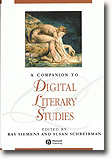


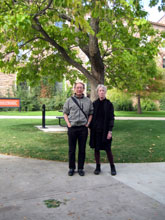

 More photos of Texas A&M campus, Center for the Study of Digital Libraries, English Department, etc.
More photos of Texas A&M campus, Center for the Study of Digital Libraries, English Department, etc.
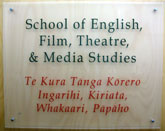
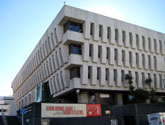
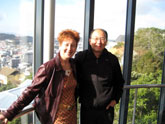
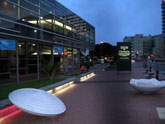

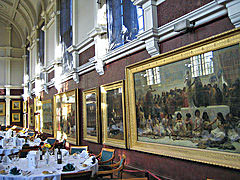
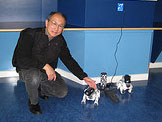


 Nicole King.
Nicole King. 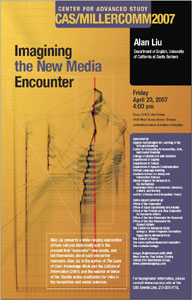
 This introductory lecture course studies contemporary information culture from the viewpoint of the humanities. What is information, and why is it so important that it not only affects our economy, politics, and society but also our culture (the culture of “cool,” it has been called) and our arts (the “new media” literatures, arts, music, and games). The course brings writings about information society together with works of new-media literature and art to study the following aspects of information: information as media, communication, and “new media”; information as work and power; and information as identity (see the Schedule page for details). Required readings are in print (e.g., Thomas Pynchon’s The Crying of Lot 49, William Gibson’s novel, Neuromancer), on the Web, and on CD-ROM (M. D. Coverley’s hypertext novel, Califia).
This introductory lecture course studies contemporary information culture from the viewpoint of the humanities. What is information, and why is it so important that it not only affects our economy, politics, and society but also our culture (the culture of “cool,” it has been called) and our arts (the “new media” literatures, arts, music, and games). The course brings writings about information society together with works of new-media literature and art to study the following aspects of information: information as media, communication, and “new media”; information as work and power; and information as identity (see the Schedule page for details). Required readings are in print (e.g., Thomas Pynchon’s The Crying of Lot 49, William Gibson’s novel, Neuromancer), on the Web, and on CD-ROM (M. D. Coverley’s hypertext novel, Califia).